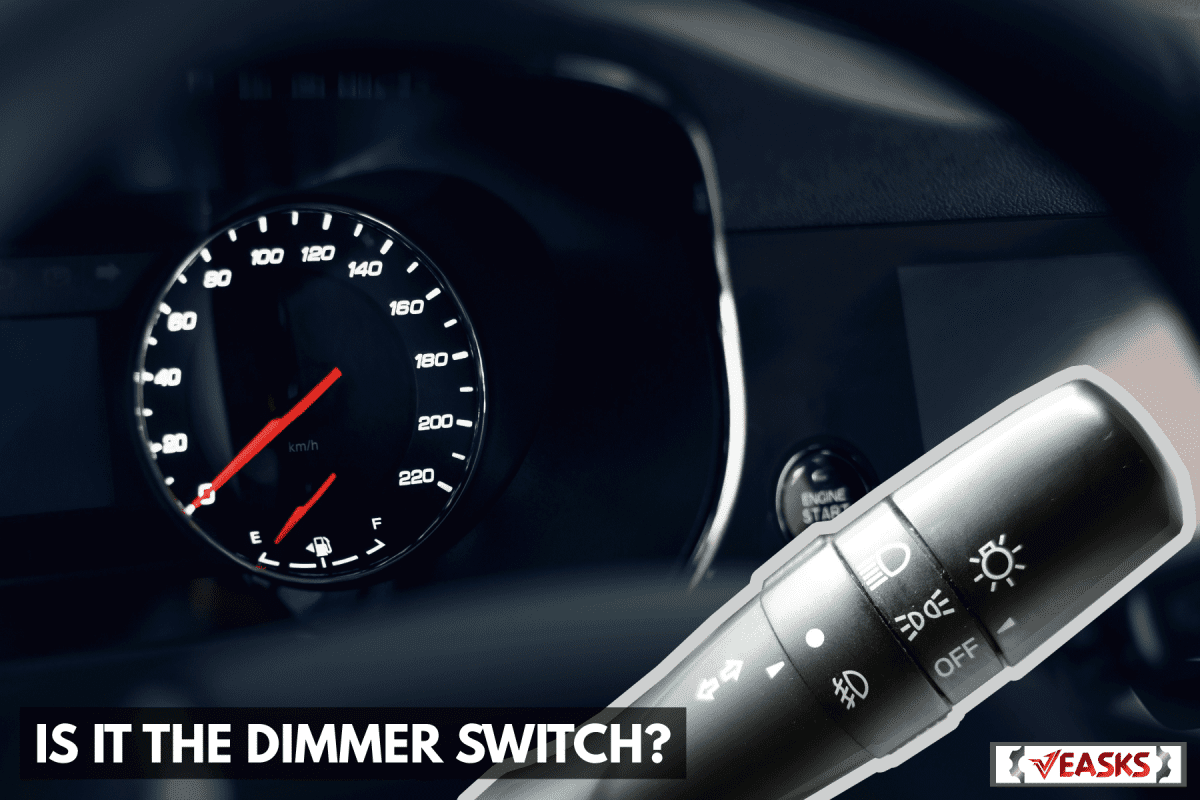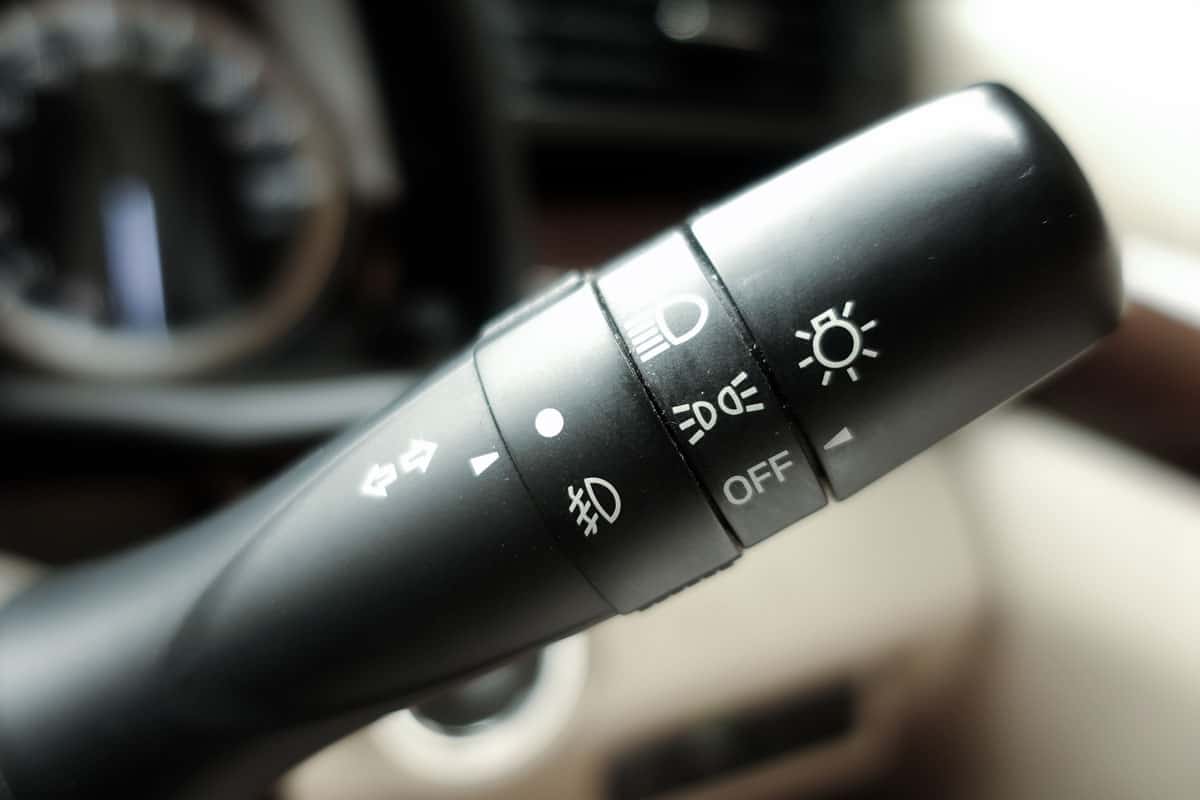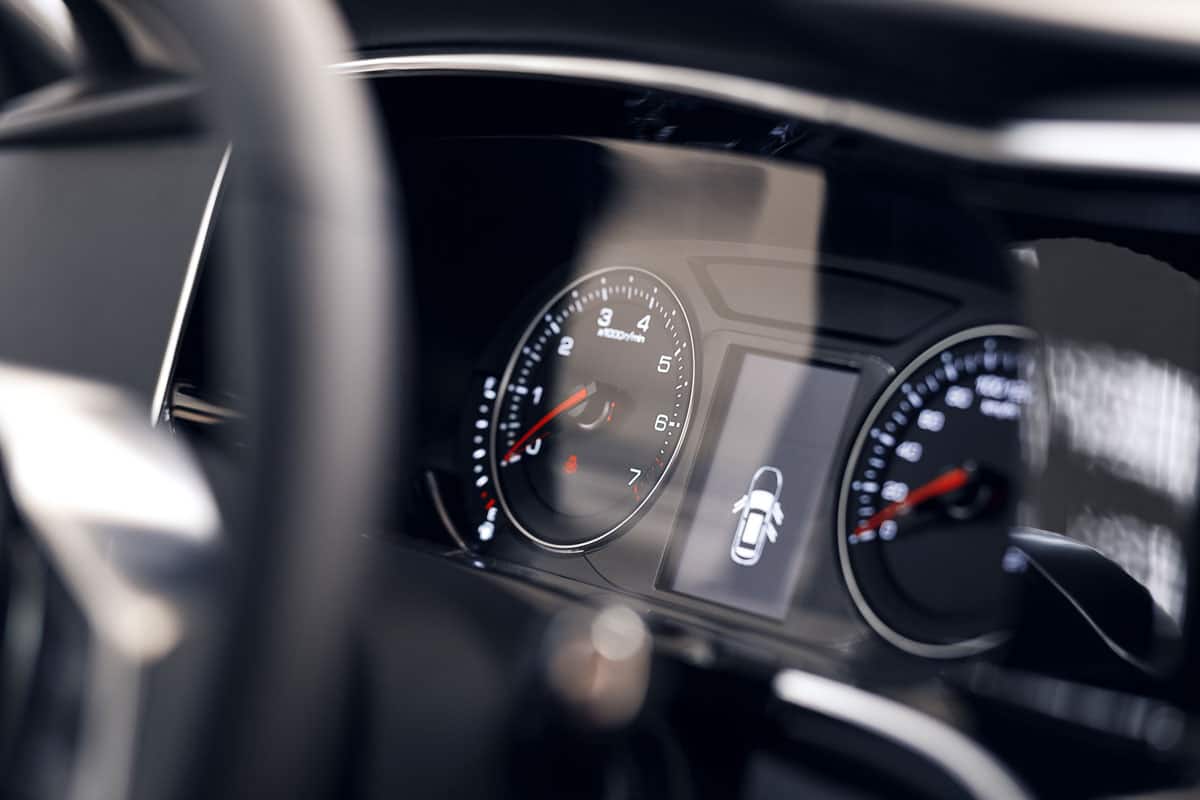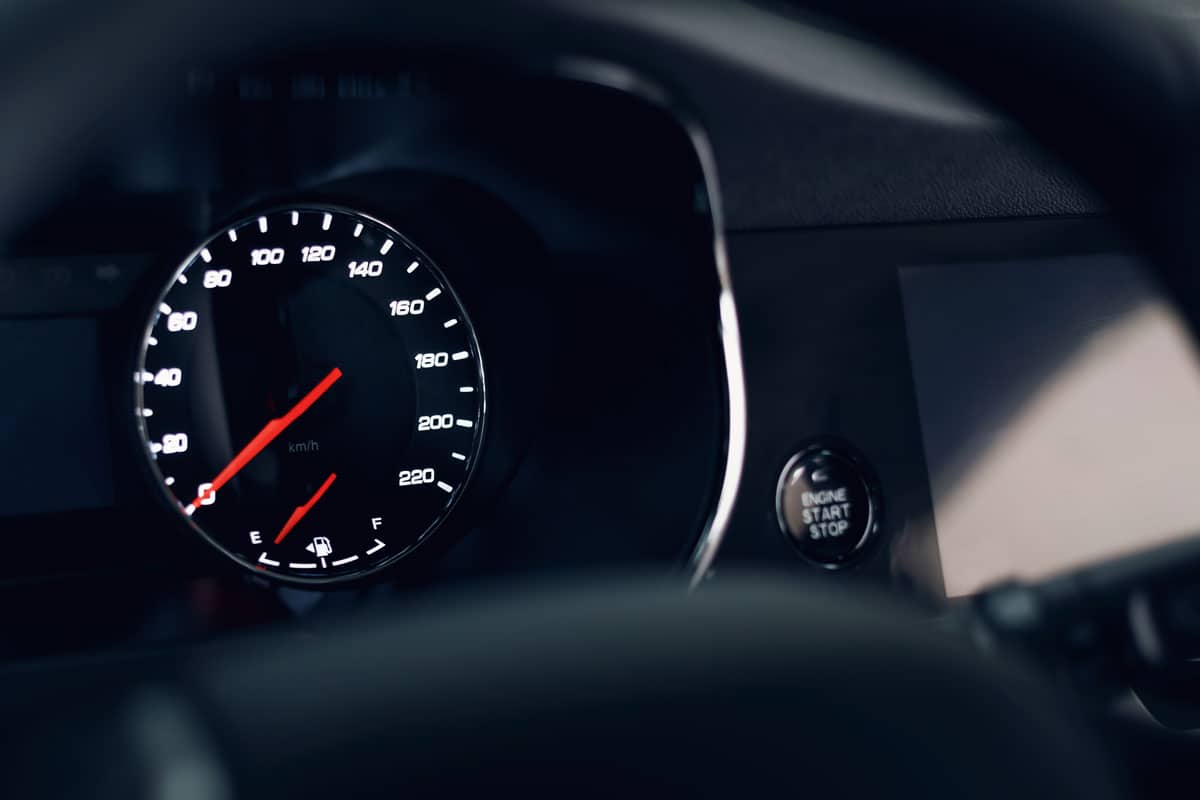Were you driving one day when your gauges suddenly stopped working when you turned on your headlights, and you want to know what caused the problem and what you can do about it? You’ve come to the right place, for we have researched this question, and we have the answer for you.
In most cases, the gauges do not really stop working, but it is the lights on the instrument cluster that suddenly become too dim for you to see your gauges. In this case, the issue could be the dimmer switch. Another possible cause is a failing instrument cluster.
Learn more about the possible causes of this problem in the succeeding sections.
Read on!

What is a dimmer?
A dimmer is a kind of switch that takes away from the voltage wavelength. It does not stop the flow of electricity completely like a regular switch. The brightness of light goes down proportionally to the electrical waveform that the dimmer takes away.

What is the auto-dimming feature in modern cars?
Modern vehicles have auto dimmers that adjust the brightness of the dashboard lights when the headlights are on.
This is a safety feature in some cars. The idea behind this feature is based on the light sensitivity of the human eyes.
If the light on your dashboard is too bright, your eyes will become less sensitive to the lights outside of your car. This is the result of your eyes becoming too sensitive to the bright dashboard lights.
On the other hand, if the light on your dashboard is dimmer, your eyes become more sensitive to the lights outside your car. In effect, you become more alert to the objects in front of your car that your headlights are focusing on.
Thus, this feature helps make it safer for you to drive at night because it helps you focus on the objects outside your car.
Locating The Dimmer Switch

Sometimes the automatic dimming feature in some car models makes the lights on your dashboard too dark. If this is the case, look for the dimmer switch to adjust the brightness of the dashboard lights.
Some models of cars have the dimmer switch on the dashboard itself. There is a rod that sticks out of the gauges on the dashboard. You can rotate the rod to adjust the brightness of the gauge lights.
In some cars, the dimmer switch is on the left side of the steering wheel. In this position, it is often beside the headlight dimmer switch.
Once you find the dimmer switch, adjust the dimmer switch for the gauges while the headlight is on.
Test by turning off the headlights and then turning them back on. Then check if the lights of the gauges are at the brightness that works for you.
How to tell if you have a failing instrument cluster?

The gauges in your instrument cluster are important because it provides you with important information regarding your vehicle. It lets you know if your vehicle is overheating, if you have the headlights on, the speed of your car, or the fuel level.
Having accurate information available to you on the instrument cluster is important to maintain safe driving and the health of your car. Thus, a mechanic should check any erratic behavior from your instrument cluster.
The instrument cluster can go bad through natural wear. Wires can become corroded and ruin the connectivity of the gauges with the sensors that provide information.
The dimming of the light on your gauges despite adjusting the dimmer is an indication that the instrument cluster is failing.
Observe the gauges in your instrument cluster. If you notice the intermittent failure of the gauges, then the instrument cluster is failing. This symptom includes gauges that intermittently give the wrong reading.
Gauges that consistently give the wrong information are another common sign of a failing instrument cluster.
Sporadic or permanent failure of the gauges and lights is a sign that there is something wrong with the instrument cluster.
Checking The Instrument Cluster
The first thing you should do is to completely rule out a fuse issue. Even though your gauges might work intermittently, it is still best to check the fuse. Some instrument clusters have only one fuse, while others have several.
Check the user manual to determine the location of the fuse block and the position of the different fuses that connect to the instrument panel. If your instrument panel uses several fuses and one is problematic, then your instrument cluster will start to misbehave while you’re driving your car.
When you check the fuse, look for signs of soot or broken filament. Replace any bad fuse and observe your instrument cluster.
If it works for a while and a fuse goes out once more, then there is a problem with the wiring or with the circuit that goes to your instrument panel. You will need to bring your car to a mechanic to find the problem and fix it.
One more thing that you can check is the wires that go to your instrument panel. Look for any signs of damage or distortion. Physical damage on the wires or bends can affect the integrity of the circuit and can directly affect whether your gauges work or not.
Damage to the wiring will require a rewiring job that a mechanic in your area can do for you.


Only One Gauge Stop Working
If only one of the gauges stops working, then the problem is not with the whole instrument cluster. Some car models have separate fuses for each of the different gauges. Find the fuse for the problematic gauge and check if it will fix the issue.
Some instrument clusters have separate gauges that you can replace individually. However, most newer cars have integrated instrument clusters where all the gauges share the same circuit board.
Thus, in this situation, you will have no choice but to replace the entire instrument cluster to fix the issue.
What causes the instrument cluster to stop working?
Spikes in the voltage can shorten the service life of your instrument cluster and its gauges.
A failing alternator can start supplying inconsistent electrical energy. A drop in the voltage followed by a sudden spike will result in a power surge. A power surge can burn or damage the electrical components of the instrument cluster.
A failing voltage regulator will lead to an inconsistent voltage that can also lead to a power surge that can cause damage to the components of the instrument cluster.
Replacing your alternator will fix this problem.


Can you upgrade the instrument cluster?
There are aftermarket upgrades for the instrument clusters of different car models. Some upgrades can convert an analog instrument cluster into a digital one.
When upgrading your instrument cluster, it is important to get one that is compatible with the year model and trim of your car. This will ensure that the gauges and the wiring will match your car.
Another upgrade that you can do is to add gauges to your current gauge clusters.


Dorman instrument cluster upgrade kit is available on Amazon through this link. It is compatible with select Cadillac, Chevrolet, and GMC vehicles.
Conclusion

There are two possible causes of gauges not working when the headlights are on.
If you enjoyed reading this article, you might find the articles below equally enjoyable to read:


![Portrait of middle aged bearded truck driver standing by the truck and showing his commercial driver license. Focus on CDL license. Truck driving school and job openings, Do You Need A CDL To Drive A Box Truck [By State]](https://veasks.com/wp-content/uploads/2022/11/PORTRA1-600x400.jpg)
